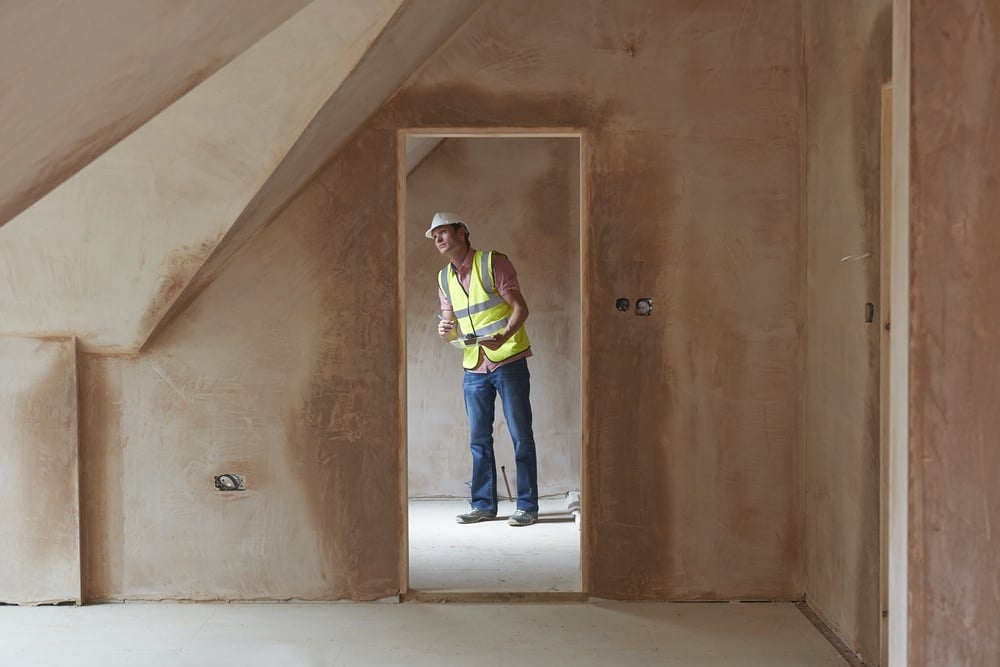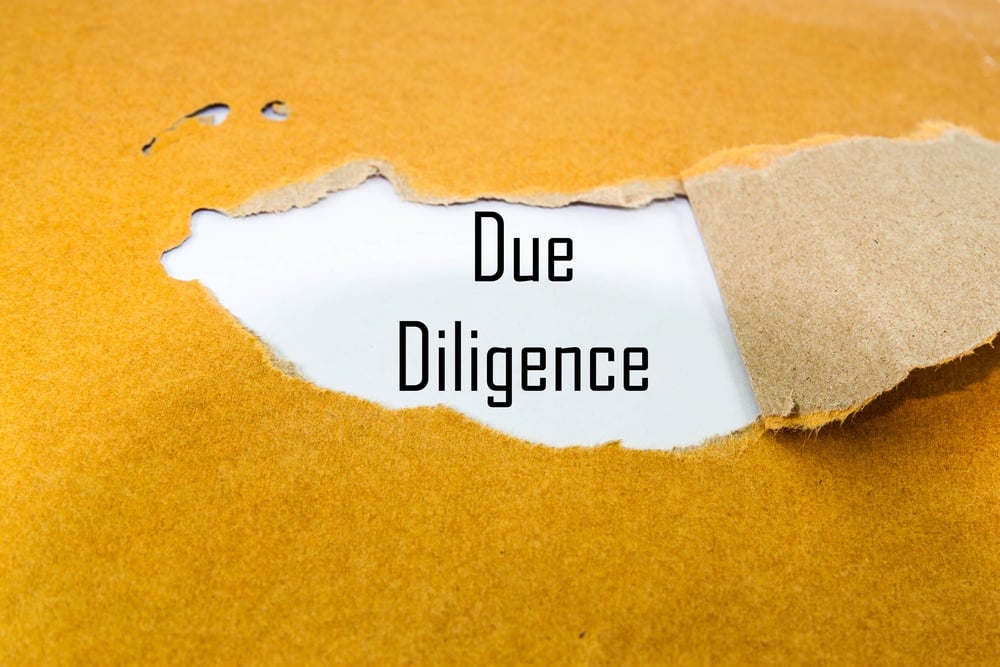What Does A Phase 1 ESA Investigate?

 In commercial real estate transactions, federal, state and local laws can make the current and prior property owners liable for the cost of cleaning up contaminated soils, groundwater and surface water. This is, of course, a big deal. If you are buying – or financing – a property, you want to know if any contamination or hazardous conditions exist before the transaction since you may be paying the cost of clean up. Clean up may not just be required on your property but any
In commercial real estate transactions, federal, state and local laws can make the current and prior property owners liable for the cost of cleaning up contaminated soils, groundwater and surface water. This is, of course, a big deal. If you are buying – or financing – a property, you want to know if any contamination or hazardous conditions exist before the transaction since you may be paying the cost of clean up. Clean up may not just be required on your property but any
other property with contamination that may have originated on your property.
A Phase 1 Environmental Site Assessment (Phase 1 ESA) is a standardized due diligence investigation designed to determine whether hazardous materials exist on a property and the potential for liabilities for property purchasers, owners, operators, insurance and lenders. Proper performance of the ESA Phase 1 is crucial to protecting the buyer from future liability under the federal Comprehensive Environmental Response, Compensation and Liability Act (CERCLA). CERCLA laws require owners to clean up environmentally compromised properties.
What does this mean? For property buyers, it is important to know what a Phase 1 assessment is and what it isn’t. Briefly, a Phase 1 investigates a property’s history and looks at records and documents, interviews owners and neighbors, looking for any evidence that a property may contain hazardous materials, and documents its findings.
A typical Phase 1 investigation will include:
- Site inspection including neighboring properties
- Photographs of property and surrounding property to document current conditions
- Aerial photographs and Sanborn Maps (commercially available historical maps)
- Review recognized environmental conditions in all available federal, state and local records
- Historical land use research
- Interviews with property owners, occupants and neighbors
- Review any previous Phase 1 ESAs, business plans, permits, or other due diligence documents
- Analysis of the geologic characteristics of a property, soils, surface and groundwater
- Tax maps
- Title records
- Zoning and land use records
- Building department records
- County and state environmental records
- A final report summarizing the findings
Not all of these records are available in every municipality. Environmental compliance agencies and jurisdictions vary from state to state and from county to county, as do the records available.
A Phase 1 report does not include sampling and laboratory analysis to confirm the presence of hazardous materials on a property. These tests, such as surface soil and water samples, subsurface soil borings, and groundwater analysis may be part of a Phase 2 investigation, which might be required if the Phase 1 assessment finds evidence of possible contamination.
Who should perform an ESA Phase 1 investigation?
ESA Phase 1 investigations should be performed by an environmental professional experienced with CERCLA requirements and with any additional local requirements for environmental due diligence. Phase 1 reports require very specific information and language in order to protect the property buyer from future liability. Typically, Phase 1 reports are performed by environmental engineering consultants. Hiring a firm with insufficient experience or training can only compound your risk if the report fails to provide you with accurate data.
For more, download our free guide to Environmental Due Diligence:



